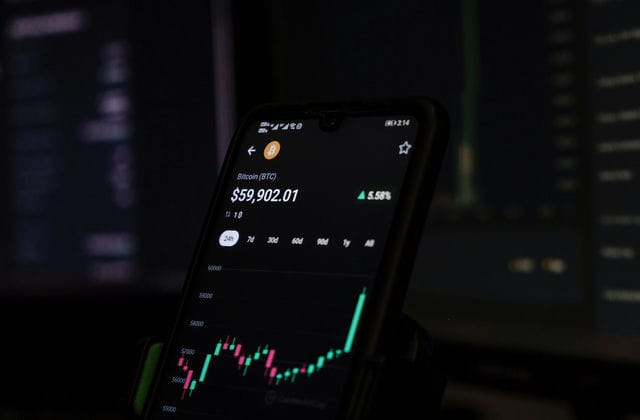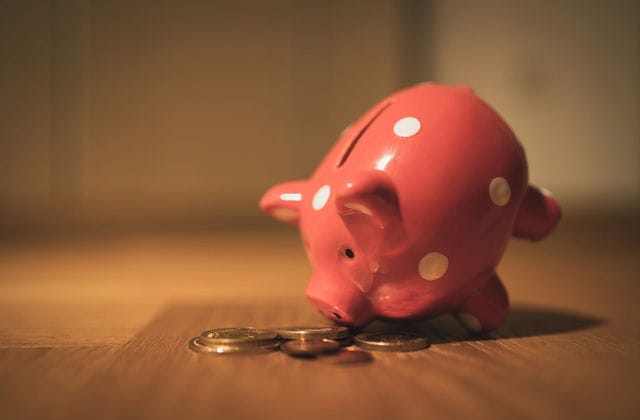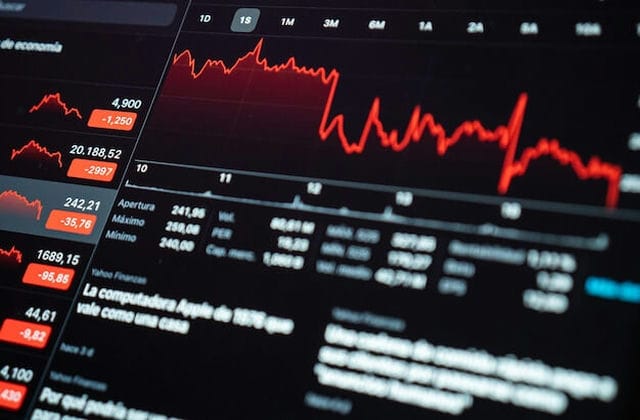Price theory is a theory of measuring stock prices, first described in the book Stock Market Indicators by Joseph E. Granville, an American stock market analyst.
Granville believes that volume is the vitality and driving force of the stock market. The movement of volume is a direct indication of whether stock market trading is active and popular, and reflects the dynamic reality between supply and demand in the market operation process, without the occurrence of volume, market prices cannot change and there is no stock price trend to speak of.

Research has shown that volume almost always precedes share price, and volume is a leading indicator of share price. In the volume theory, the relationship between volume and share price trend can be summarized as the following eight.
1, The volume (volume) up price (share price) up, that is, the so-called price has a market.
2, Volume up price up, the stock price innovation high, but the volume did not innovate high, then the stock price is more suspicious, the stock price trend in the existence of potential reversal signal
3, The share price with decreasing volume and back up, showing that the stock price up the original power is not enough, the stock price trend there is a reversal signal.
4, The share price with increasing volume and gradually rise, and then the volume increased sharply, the share price soared (blowout market), and then the volume shrank sharply, the share price fell sharply, which indicates that the trend has reached the unexpired, rising weakness, the trend is about to reverse. The magnitude of the reversal will depend on the magnitude of the previous round of share price increases and the degree of change in volume.

5, The share price with the volume of the incremental increase in the market continued for several days, once the volume increased sharply and the share price rose weakly, in the high-grade hovering but can not go up significantly, indicating that the share price in the high-grade selling pressure is heavy, this is the harbinger of the fall in share prices. After a continuous decline in the stock price, there is a large volume in the low gear, but the stock price did not fall, the public small changes, it indicates that the market is about to reverse up, is the opportunity to buy.
6, After a long period of decline in the formation of a valley, the share price rallied, but the volume did not increase due to the rise in share price, the share price rise in the market, and then fall again to the previous valley near (or higher than the valley), such as the second valley volume is lower than the first valley, it indicates that the share price is about to rise.
7. After a considerable period of decline in share prices, there will be panic selling. With increasing volume, the share price falls significantly. Following the panic selling, it is expected that the share price may rise, while the low price created after the panic selling is unlikely to break through in a very short period of time, so with the panic selling, it often marks the end of the short market.
8, The share price down below the share price pattern trend line or moving average, while the emergence of large volume, is the signal of falling share prices.






























